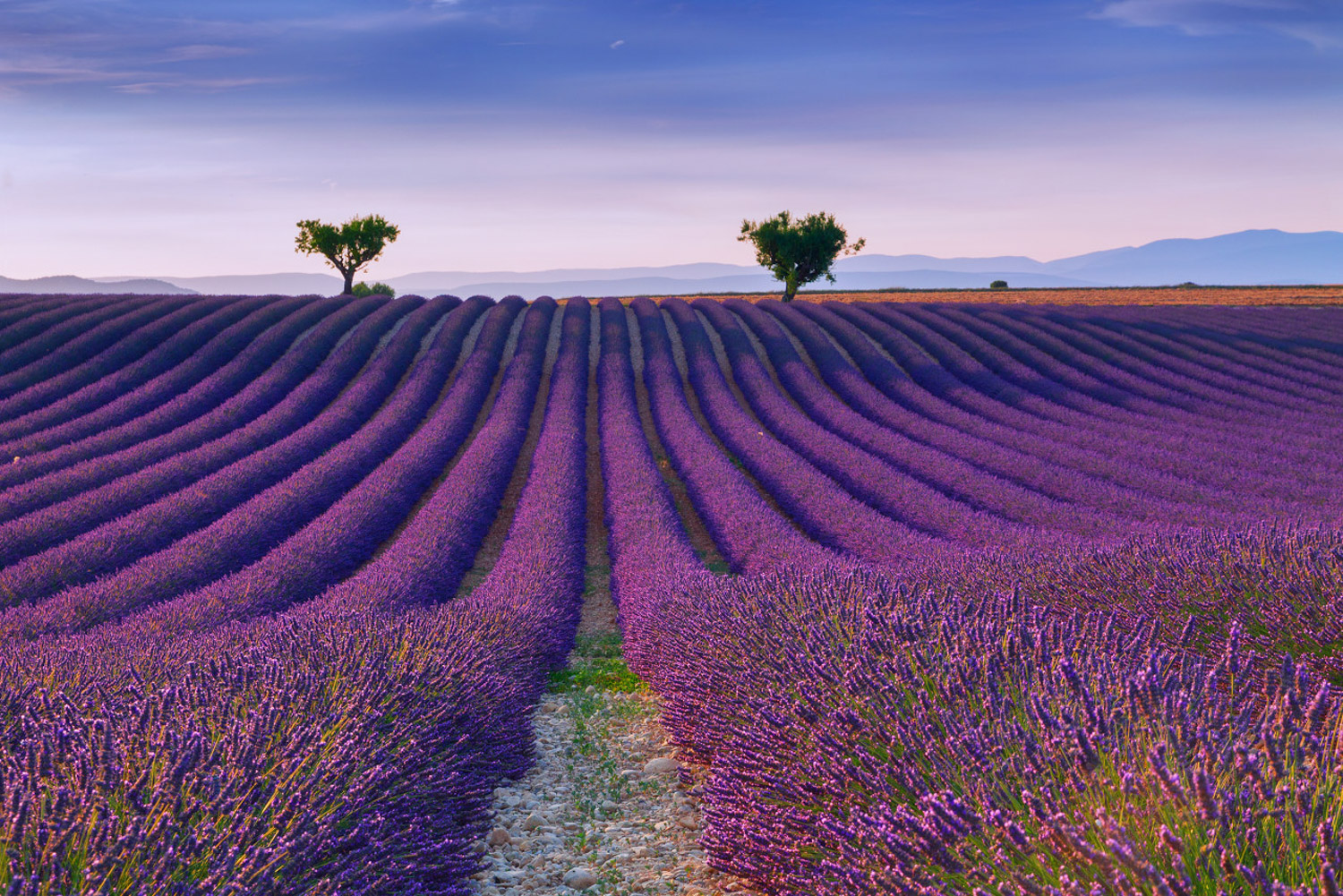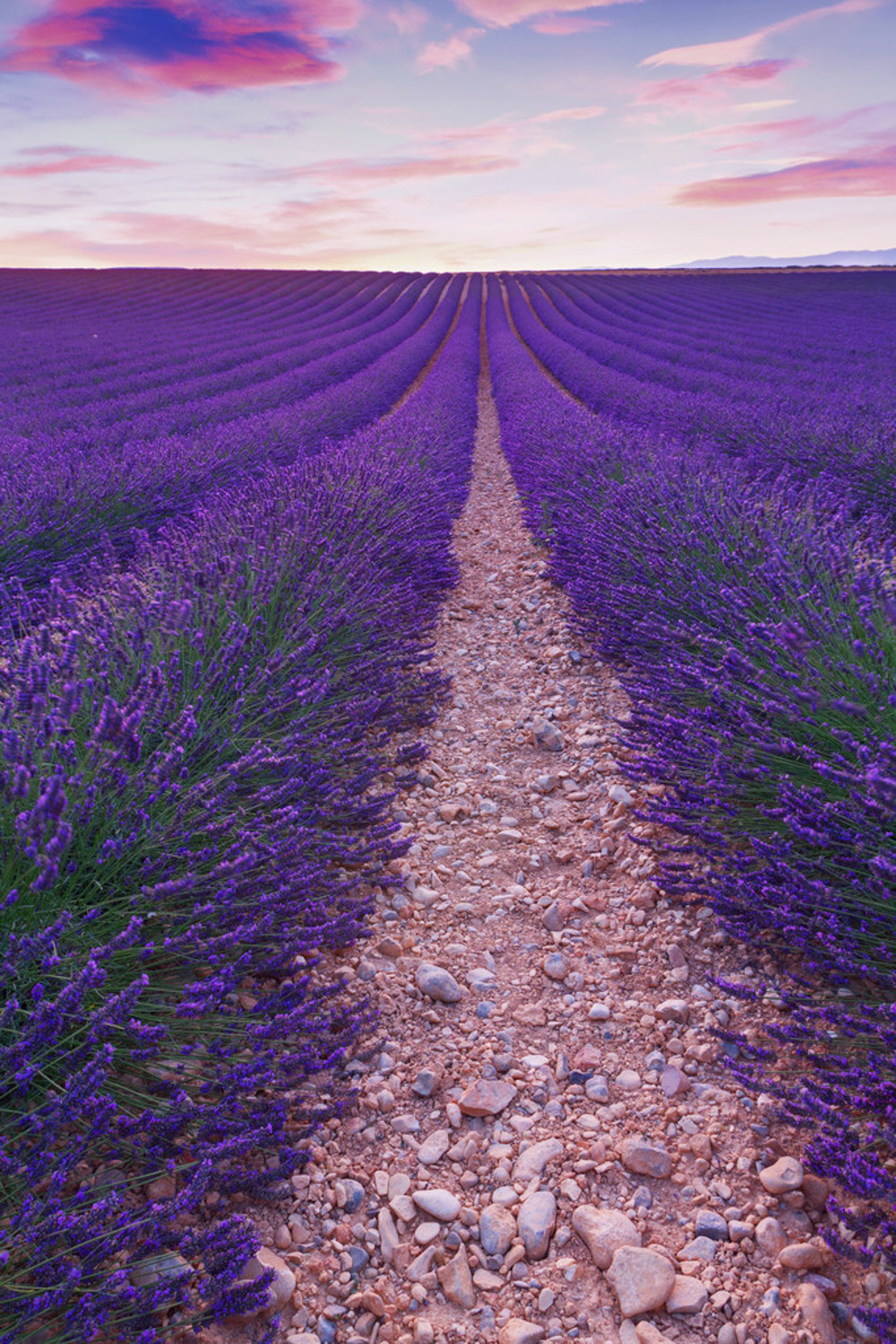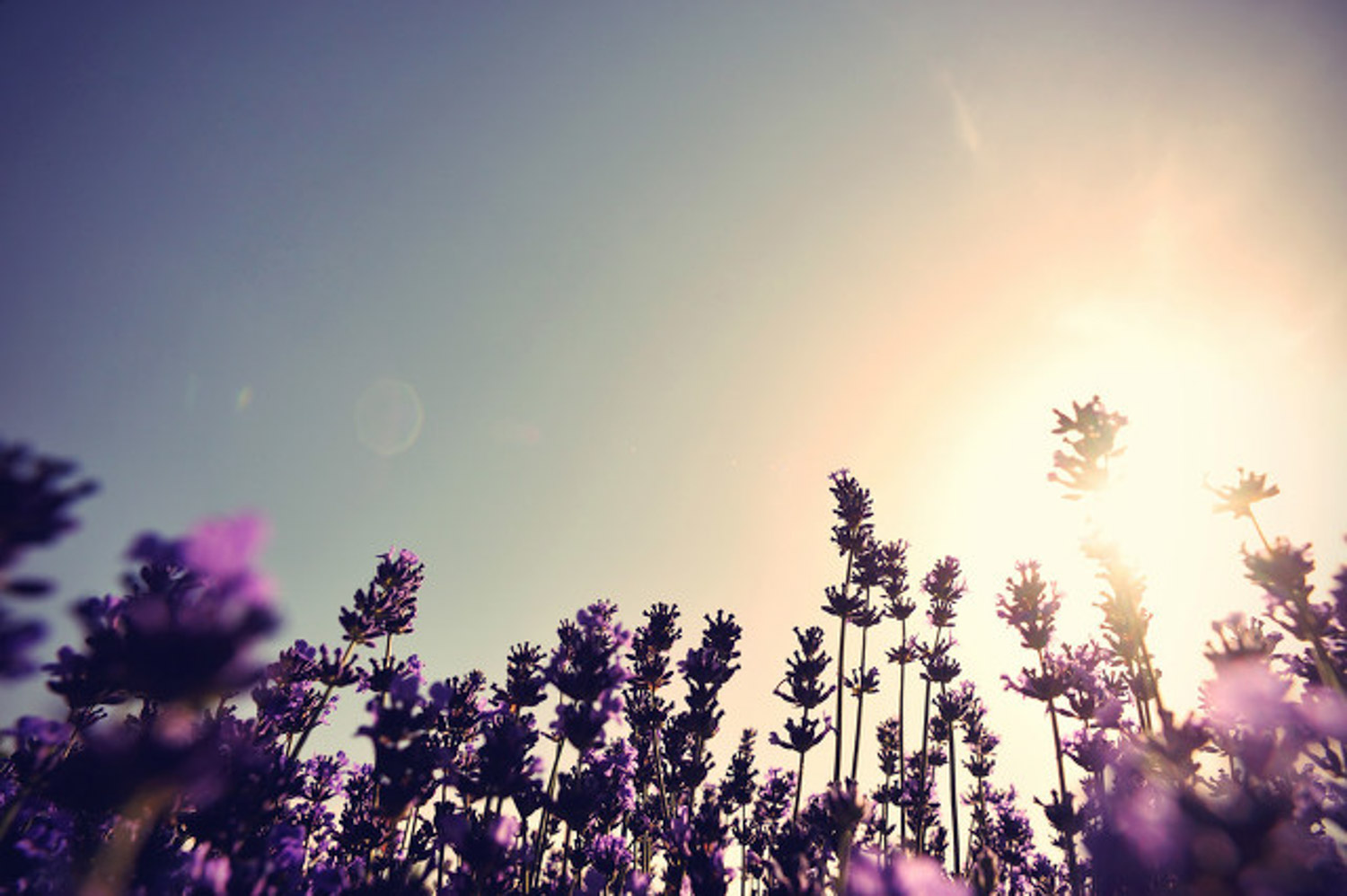1、 Morphological characteristics
Lavender is a semi shrub plant with fluff on its branches, linear leaves, 3-5cm long and 0.3-0.5cm wide, and white fluff on the surface. Its flowers are cymoses, generally 6-10, and the flower color is blue purple. The Corolla is two lipped, with two cracks on the upper lip and three cracks on the lower lip. It usually blooms in June. The whole plant has aroma, and the leaves and flowers are particularly fragrant

2、 Growth habit
Lavender has strong adaptability and can tolerate high and low temperatures, but it is more suitable to grow in a warm environment. It has little demand for water. It needs to provide relatively sufficient water in the rejuvenation stage and budding stage, and less water in the flowering stage and dormancy stage. At ordinary times, we should ensure sufficient light. If it is too dark, the plant is easy to develop poorly. In addition, it is mostly planted in deep soil layers and likes loose and breathable soil

3、 Breeding method
1. Sowing and propagation: Lavender sowing is generally carried out in April. Before planting, soak it in warm water, and then put it on a wet paper towel to keep warm and moisturize for germination. After budding, prepare loose and fertile soil, sow seeds into it, cover it with a layer of fine soil, and water it once. Do not increase the light after sowing

2. Cutting propagation: Lavender mainly adopts the propagation method. Compared with sowing, the advantage of cutting is that it can maintain the quality of the mother without variation. The cutting time is mostly in spring and autumn. Select 5-10cm long twigs, cut off the leaves at the bottom, and then soak the rooting water and cut into the matrix. The matrix is generally prepared with river sand and coconut bran, with a ratio of 2:1. Keep good ventilation after cutting, and pay attention to moisturizing the soil

 how many times do yo...
how many times do yo... how many planted tre...
how many planted tre... how many pine trees ...
how many pine trees ... how many pecan trees...
how many pecan trees... how many plants comp...
how many plants comp... how many plants can ...
how many plants can ... how many plants and ...
how many plants and ... how many pepper plan...
how many pepper plan...



























